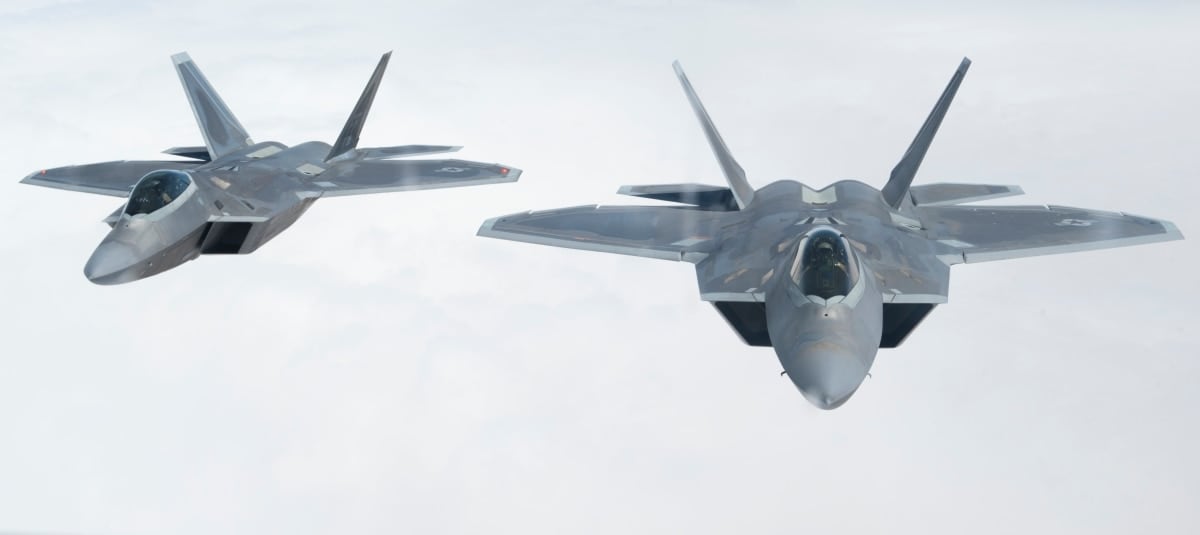The number of weapons released against the Islamic State in July dropped slightly from the previous month’s all-time record as the battle for Mosul, Iraq, drew to a close.
But the 4,313 weapons released by coalition aircraft in July was still the third-highest monthly total since the war against ISIS began, according to statistics posted online this week by U.S. Air Forces Central Command.
The greatest number of weapons released as part of Operation Inherent Resolve came in June, when coalition aircraft dropped 4,848 bombs as the Mosul battle reached its final stage.
The last pockets of ISIS fighters there were cleared out in the first few days of July, and Iraqi Prime Minister Haider al-Abadi officially declared victory in the city July 10.
In the unclassified summary accompanying the statistics, AFCENT said that as the Mosul operations drew to a close, the coalition refocused its airpower efforts on the offensive to drive ISIS out of Raqqa, Syria.
On July 3, AFCENT said, coalition planes breached Raqqa’s ancient wall to allow Syrian Democratic Forces to enter the city. AFCENT said the planes used ”well-planned, precision aistrikes to ... minimiz[e] damage to the historic structure.”
And as ground forces accelerated their drive to take back Raqqa between July 7 and 13, AFCENT said the coalition released 1,200 weapons that week — the highest weekly amount of the war so far.
By the end of the month, AFCENT said the Syrian Democratic Forces controlled about 45 percent of Raqqa.
RELATED

Coalition airstrikes also killed Abu Sulayman al-Iraqi and Bassam al-Jayfus last month, who AFCENT described as senior ISIS propagandists and facilitators.
The pace of airstrikes has accelerated considerably throughout 2017, with 27,726 weapons released during the first seven months of the year. At this pace, by the end of August the number of weapons released will easily surpass the 28,696 bombs dropped in all of 2015 and the 30,743 weapons released throughout 2016.
Coalition aircraft also released 350 weapons in Afghanistan in July, which was the third-highest tally so far this year. That included a July 11 MQ-9 Reaper strike that killed Abu Sayed, the emir of ISIS affiliate ISIS-Khorasan, in Kunar Province, at the terrorist group’s headquarters.
“Sayed is the third ISIS-K emir killed in the last year by a precision airstrike, sending a clear signal that there is no safe haven for ISIS-K in Afghanistan,” AFCENT said.
The statistics do not account for all aircraft flying in the area, or weapons released. AFCENT’s statistics only include weapons released by aircraft under Combined Forces Air Component Commander, or CFACC, control, which includes aircraft from all U.S. military branches and coalition aircraft, but not all aircraft there fall under CFACC control.
The statistics also do not include strikes conducted by attack helicopters and armed drones operated by the Army.
Stephen Losey is the air warfare reporter for Defense News. He previously covered leadership and personnel issues at Air Force Times, and the Pentagon, special operations and air warfare at Military.com. He has traveled to the Middle East to cover U.S. Air Force operations.





